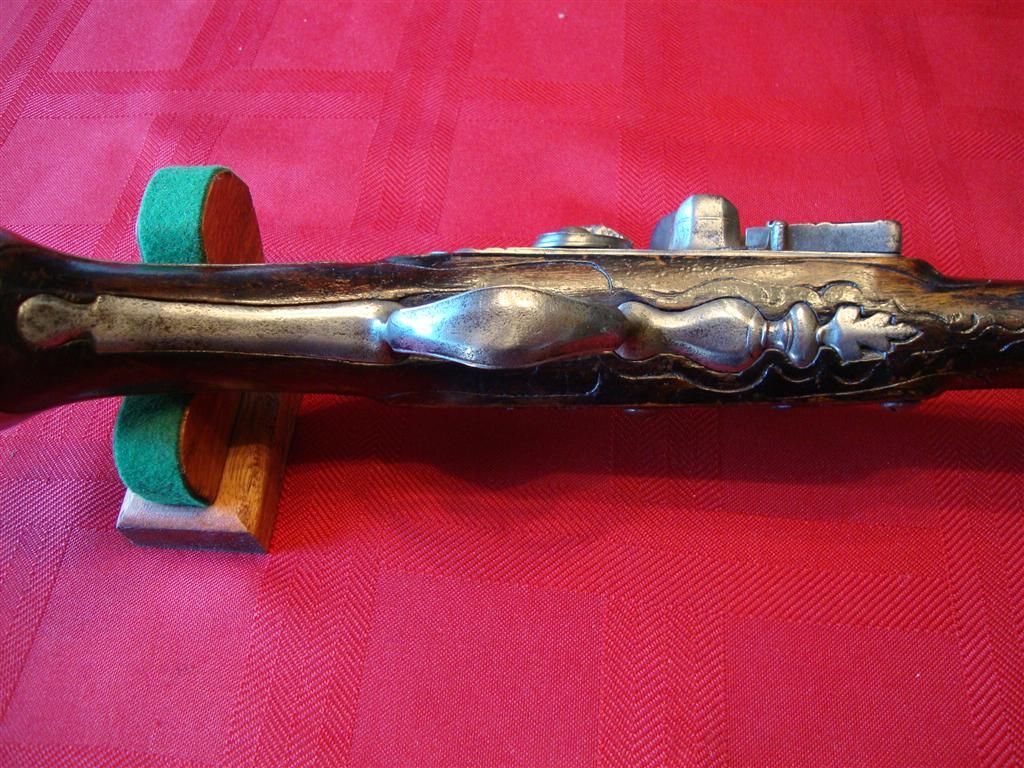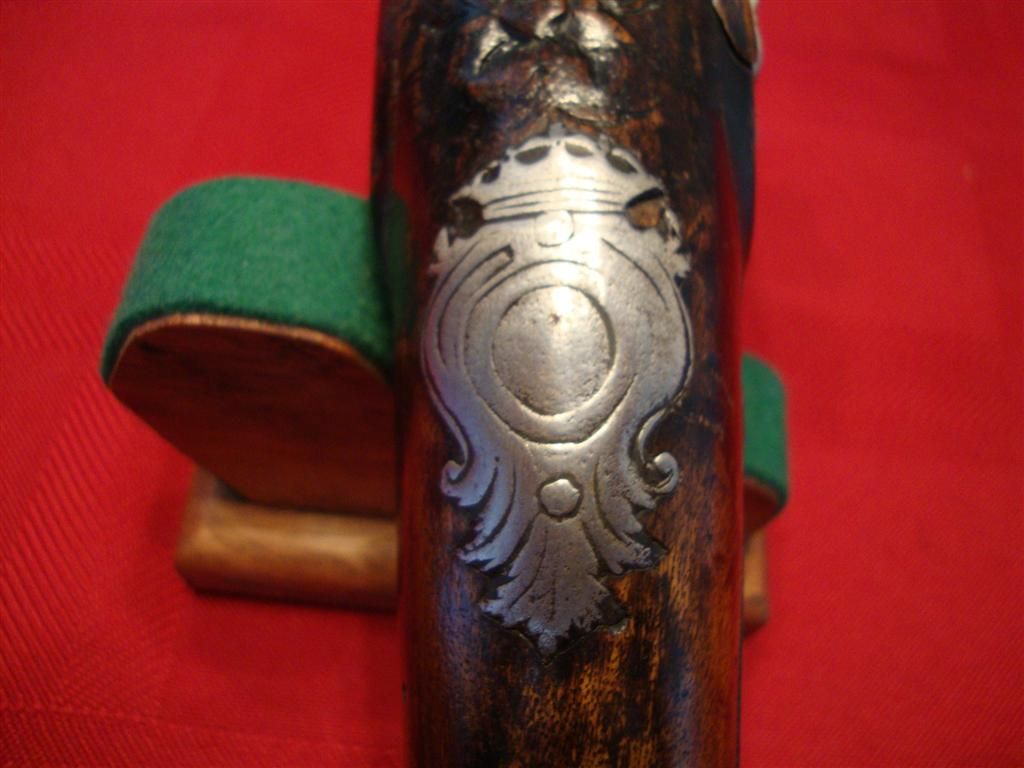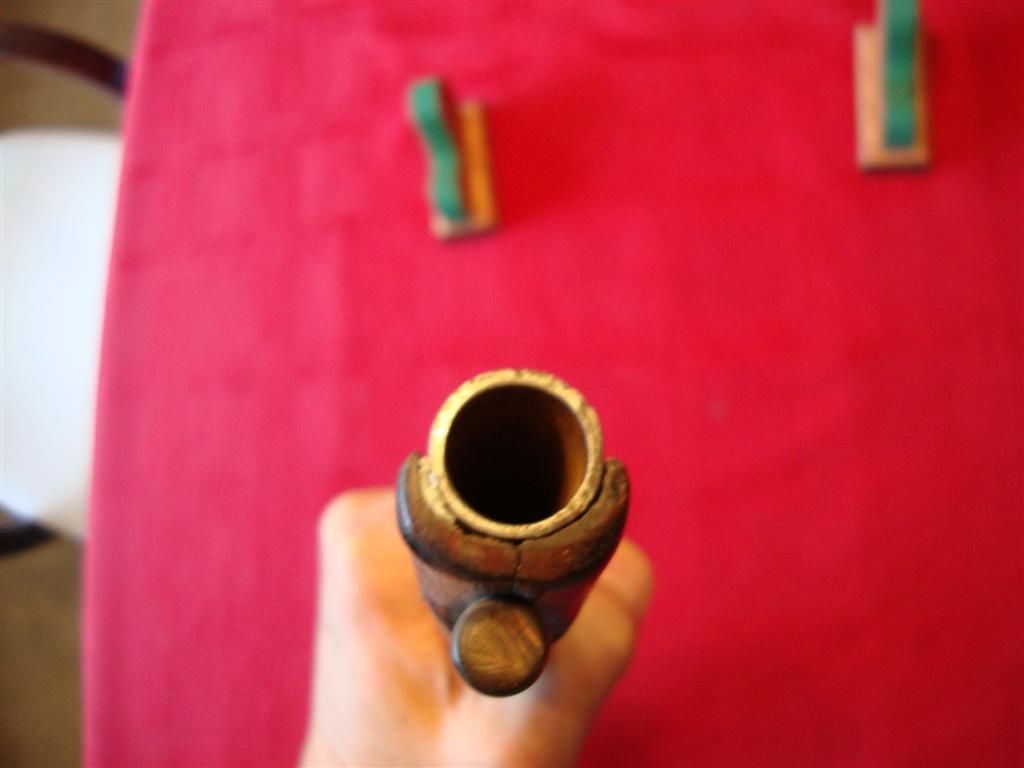One need to know, that during the 18th century, there was no Germany as a Central State. There was the Holy Roman Empire of German Nation, which consisted of a myriad of independent jurisdictions. That is also the reason, for the high proficient gunsmith available almost everywhere. There were so many more courts and thus the demand for luxury was very high and each independent court had its own "gunsmith to the court".
There was also a very active recreational shooting scene established. These people where shooting a lot in "pistol houses", which were privately owned establishments. I think a .40 caliber pistol is clearly a recreational pistol.
At the borders with central states (Austria, France, Denmark) styles mixed. People were comparably mobile, especially during their journeyman time and could pick up a lot of other style features not common for their native region.
Absence of engraving etc. does establish nothing but that the gun was more a basic model. Decoration and silver and gold inlays and engraving was an extra which was quite expensive.
A certain amount of carving was normal on even quite basic pieces. It kept the piece aesthetically pleasing, did add no material costs and was a requirement to be at the level of the competition.Generally, civilian guns were built to the whished of the customer within the boundaries of sound gunsmithing technology and safety.
A lot of this faded away under Napoleon, when the German States were more centralized and a lot of guns were built plain due to change of fashion and no requirement due to diminished competition.
Because of the fragmental state of Germany, there were no proof houses (bigger states had them only for military arms). Civilian firearms were usually proofed by the gunsmith using established procedures within the gunsmith guilds.

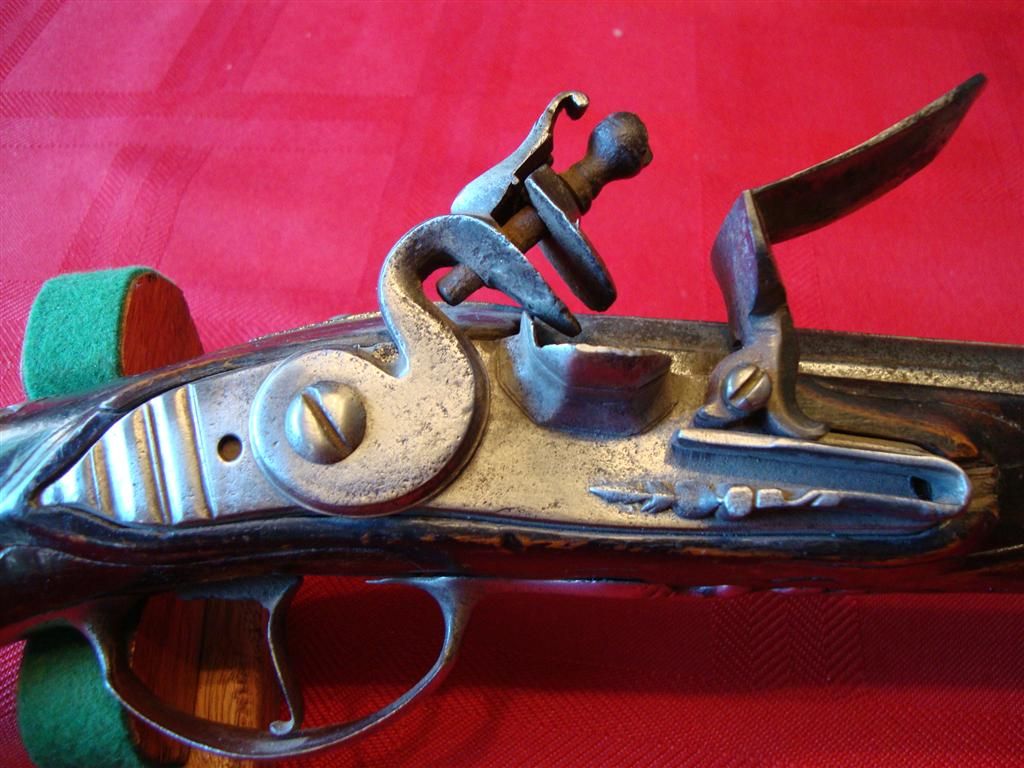 [/URL[URL=http://s743.photobucket.com/user/rickystl/media/European%20Pistol/DSC00714Medium.jpg.html]
[/URL[URL=http://s743.photobucket.com/user/rickystl/media/European%20Pistol/DSC00714Medium.jpg.html]
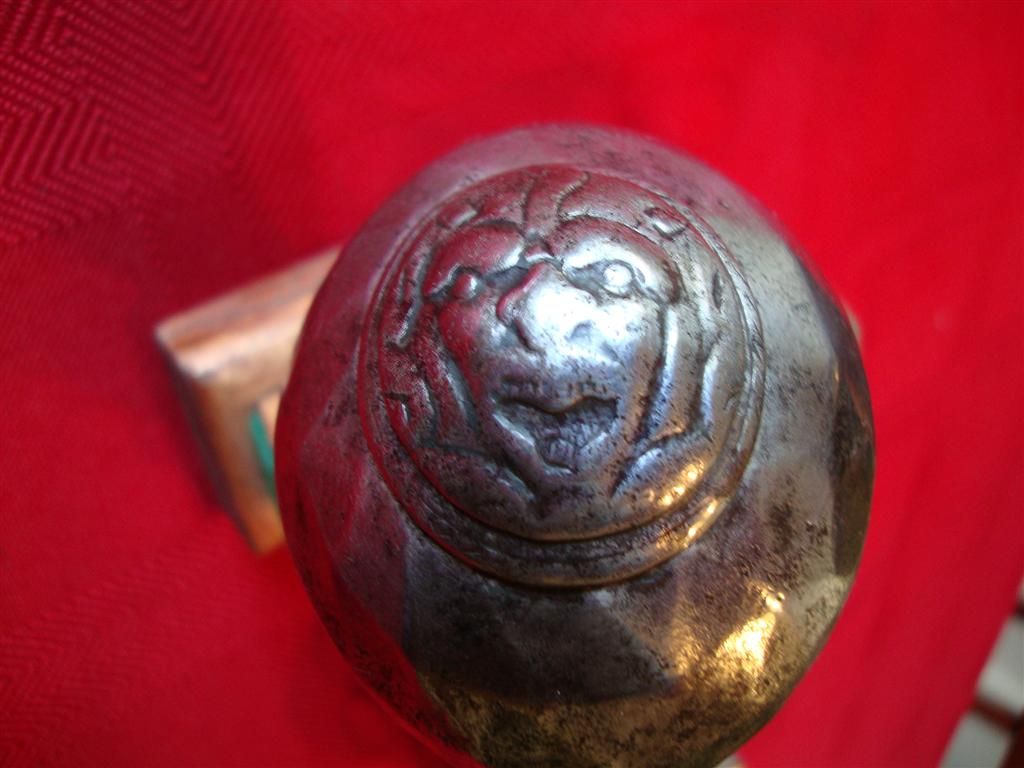 ]
]